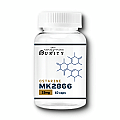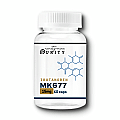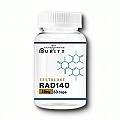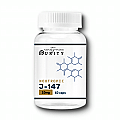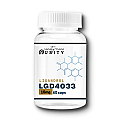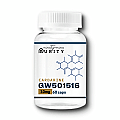- 20% off
Spend $150 USD to get FREE SHIPPING
Buy SARMs and Nootropics From the Most Trusted Name in Research Products
Third-party validated Nootropics and SARMs, and a diverse range of other research chemicals.
Trusted by researchers worldwide.
At 99PURiTY, we believe in pushing the boundaries of excellence. Our commitment to research, quality, and sustainability is more than just a promise—it's a guiding principle in everything we do.
Join our thriving community of forward-thinking individuals and researchers, where we explore cutting-edge solutions, share insights, and work together for a brighter future. As advocates for freedom in public research, we strive to create a world where knowledge is not confined but shared openly.
Our unique research product selection has been meticulously crafted and tested to meet the highest standards. And it doesn't stop there!
We are proud to be a sustainable brand, utilizing recyclable shipping materials and actively reducing our carbon footprint with every shipment.
 With 99PURiTY, you're not just a customer but part of a coalition driving change and innovation. Explore our offerings, engage with our community, and take a step towards a future filled with discovery and potential.
With 99PURiTY, you're not just a customer but part of a coalition driving change and innovation. Explore our offerings, engage with our community, and take a step towards a future filled with discovery and potential.
Your journey to innovation starts here. Join Our Coalition for Freedom in Public Research
At 99PURITY, we believe that knowledge should be accessible and that scientific discovery belongs to everyone. When you become our customer, you're not just purchasing a product; you're joining a community of advocates committed to the open pursuit of knowledge. The line between open access and restricted information is often blurred in the intricate research world.
We recognize that the landscape of public research is fraught with complexity, barriers, and gray areas that can hinder the free exchange of ideas and knowledge.
Our philosophy recognizes that public research is not merely an academic endeavour but the bedrock of societal innovation, propelling humanity toward greater understanding and technological advancement. In an era where commercial interests can sometimes overshadow the collective pursuit of wisdom, we strive to be a beacon for integrity, collaboration, and intellectual accessibility.
Your decision to engage with us is more than a commercial transaction; it is an endorsement of a fundamental conviction. Your participation is more than a mere transaction; it's a stance favoring nuanced understanding, ethical inquiry, and the shared goal of a more transparent research environment. We aim to foster a community that values collaboration over competition, integrity over obfuscation, and the common pursuit of knowledge over individual gain.
Join us in this thoughtful crusade that goes beyond mere commercial interest. Become a part of a community that advocates for a vision of research that is realistic, responsible, and aspirational.







